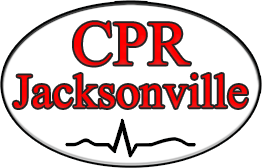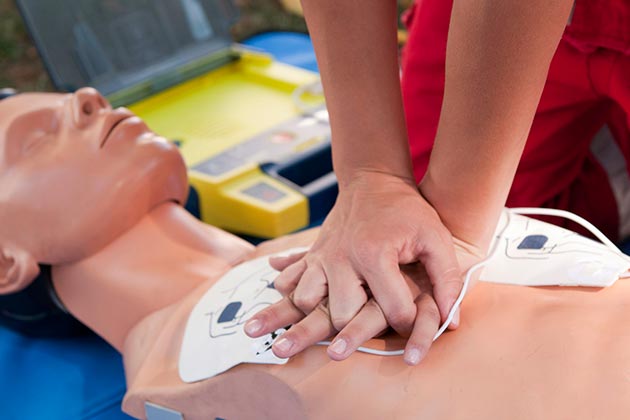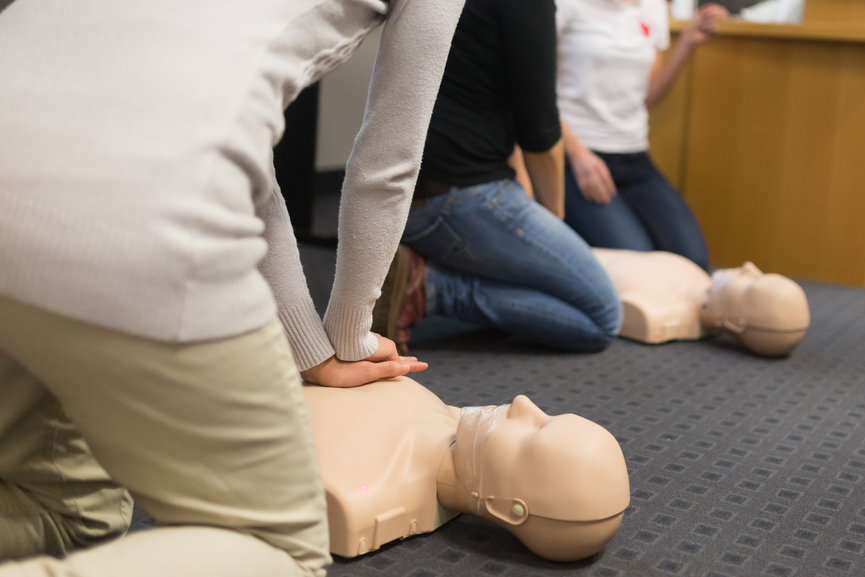Cardiopulmonary Resuscitation (CPR) is a vital life-saving technique used in emergencies to preserve brain function and maintain blood circulation in individuals experiencing cardiac arrest.
The importance of CPR cannot be overstated; it is often the difference between life and death. Traditional CPR, specifically, is a core life-saving skill that combines chest compressions with rescue breaths to maximize the chances of survival in critical situations.
This article explores what Traditional CPR entails, when to perform it, the steps involved, the significance of CPR certification, and where to receive training.
What is Traditional CPR?
Traditional CPR, as the name suggests, refers to the classic method of resuscitation that includes two main components: chest compressions and rescue breaths. The primary goal of Traditional CPR is to restore circulation and breathing in a person whose heart has stopped beating or who is unable to breathe on their own. Chest compressions help maintain blood flow to vital organs, while rescue breaths provide oxygen to the lungs, ensuring that the body receives the necessary oxygen until emergency medical help arrives.
One key distinction between Traditional CPR and Hands-Only CPR lies in the approach taken during resuscitation. Hands-only CPR focuses solely on chest compressions and is recommended for untrained bystanders who may feel uncomfortable providing rescue breaths. Traditional CPR, on the other hand, includes both components and is particularly important for specific situations, such as when performing CPR on infants, children, or drowning victims.
CPR techniques have evolved significantly since their inception. Originally developed in the early 1960s, CPR has undergone numerous updates to improve effectiveness and simplify the process for rescuers. Today, the combination of chest compressions and rescue breaths is recognized as the most effective method for reviving individuals in cardiac arrest, particularly in cases involving children and those who have experienced drowning.
When Should You Perform Traditional CPR?
Knowing when to perform Traditional CPR is crucial for maximizing survival chances. This life-saving technique is necessary in various situations, including cardiac arrest, drowning, choking, or drug overdose. If a person is unresponsive and shows no signs of breathing or pulse, immediate action is required. Recognizing a CPR situation quickly can make a significant difference in outcomes.
When Should You Perform Traditional CPR?
The first step when encountering a potential CPR situation is to call for emergency help. Dialing 911 ensures that professional medical assistance is on the way. It is essential to emphasize that formal training is vital in recognizing the signs that indicate when to perform CPR and how to do so effectively.
Steps Involved in Traditional CPR
- Check for responsiveness: Tap the person and ask if they are okay
- Call for emergency help: Dial 911 or instruct someone to call
- Open the airway: Tilt the head and lift the chin to open the airway
- Check for breathing: Look, listen, and feel for breath
- Perform chest compressions: 30 compressions, 2 inches deep for adults
- Give rescue breaths: 2 breaths after every 30 compressions
- Repeat the cycle until help arrives or the person regains consciousness
This cycle of 30 compressions followed by two breaths should be repeated until emergency help arrives or the person shows signs of regaining consciousness. Proper technique is crucial during both chest compressions and rescue breaths to increase the likelihood of survival and minimize the risk of injury.
Why CPR Certification is Crucial
The significance of CPR certification cannot be overlooked. Becoming certified in CPR provides numerous benefits, including the ability to save lives during emergencies and preparedness for accidents that may occur at home, work, or in public settings. A CPR certification instills confidence in individuals, enabling them to respond effectively to medical emergencies.
Role of CPR Certification in Healthcare
For healthcare providers and professionals in other fields, CPR certification is often a requirement. This includes training programs such as Basic Life Support (BLS), Advanced Cardiovascular Life Support (ACLS), and Pediatric Advanced Life Support (PALS).
These certifications not only enhance workplace safety but also help organizations meet compliance requirements. Additionally, it is essential to renew CPR certification periodically to stay updated on the latest techniques and guidelines. CPR Jacksonville FL offers stress-free renewal options, making it easy for individuals to maintain their certifications.
CPR Training at CPR Jacksonville FL
CPR Jacksonville FL serves as an American Heart Association training site, providing a range of hands-on classes designed to equip individuals with the skills they need. The training courses include BLS for Healthcare Providers, ACLS, PALS, CPR, and First Aid. Participants benefit from expert instruction, practical experience, and a focus on developing the skills necessary to respond effectively in emergencies.
Choosing CPR Jacksonville FL for certification and renewal courses means participants can expect flexible scheduling and an emphasis on practical skills. The organization is dedicated to ensuring that every student feels comfortable and confident in their abilities to perform CPR and provide first aid when necessary.



